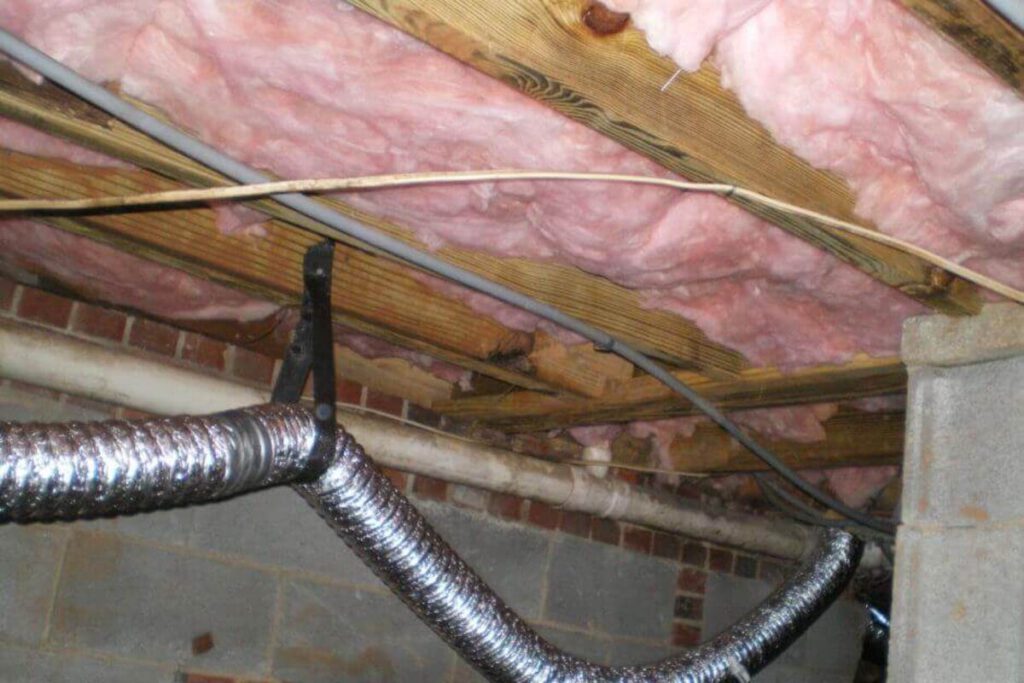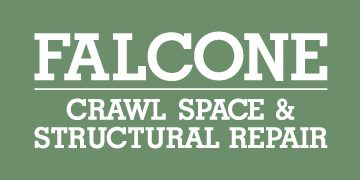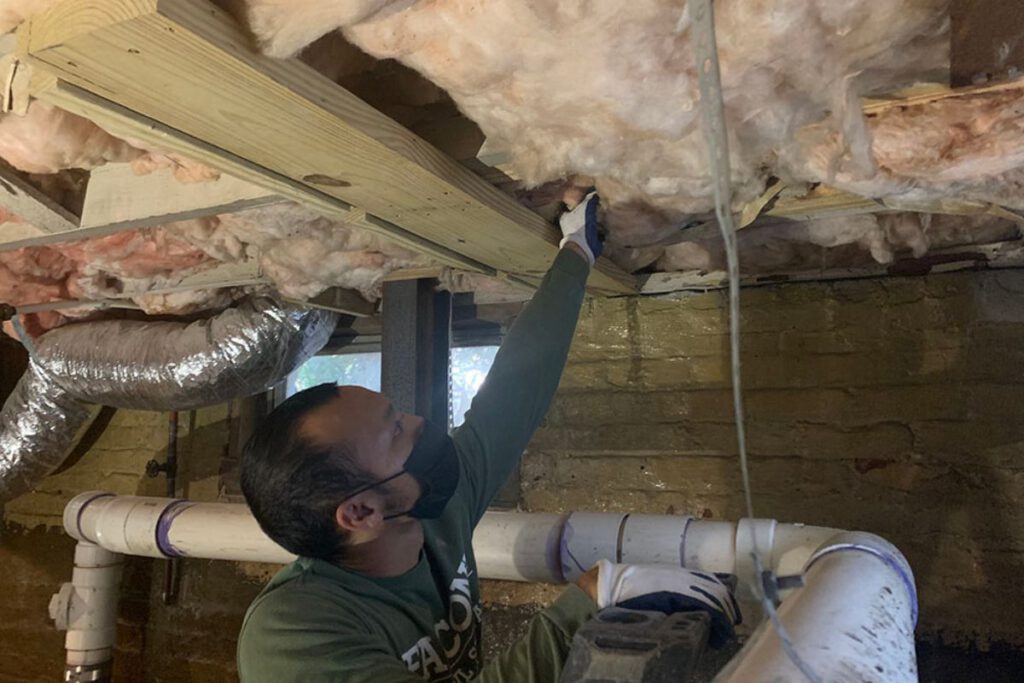How Does Crawl Space Ventilation Work?

Crawl space ventilation is something you’ve probably noticed on some houses without giving it a lot of thought. Crawl space ventilation is essential to keeping your home in its best shape.
How well you maintain your ventilation system will impact your overall home maintenance. Your condor inside the home will also hinge on how well you maintain this area.
What Does the Ventilation System in Your Crawl Space Do?
When all or part of your home structure is elevated without being over a basement, the space in between is known as a crawl space. In North and South Carolina and other areas with similar moist climates, foundations with crawl spaces play a crucial role in keeping moisture out.
Crawl spaces sometimes appear in houses with additional structures separate from the main house. Examples of settings where these crawl spaces appear are houses with standalone porches.
Moisture is the most destructive element to a home. Moisture can contribute to mildew, mold, and wood rot, all of which can render a home uninhabitable.
Airflow, heat, and light are some of the most effective tools against moisture. Of all these components, airflow is the most effective.
Ventilation in crawl spaces has long been required according to building codes to avoid moisture damage to beams, flooring, and joists. Screened vents in the foundation around the crawl space will help provide this airflow.
Should Crawl Space Ventilation Be Open or Closed?
Most crawl space contractors prefer working crawl space ventilation and building codes generally support this sentiment. When open during the summer, these vents allow the air to circulate, keeping out moisture that leads to mildew and mold. During the drier winter months, these vents can be closed to help prevent pipe freezes.
How Common Are Sealed Crawl Spaces?
In more recent years, many homeowners have opted to have their crawl spaces sealed. When crawl spaces are sealed, they feature a water vapor barrier to lock out moisture.
Although drier, crawl spaces that are sealed may not see drastic temperature changes in comparison to vented crawl spaces. The biggest advantage in terms of temperatures is seeing fewer drafts being involved.
What Can You Do if You Closed Your Crawl Space and Need More Air?
Many homeowners who had their crawl space sealed regret doing so. Others may want to improve the ventilation, regardless of the circumstances.
Contractors like Falcone Crawl Space have come up with solutions that address the need for better ventilation. One of these solutions that helps address these moisture issues is the ATMOEX system from Falcone.
Having one of these systems installed makes managing crawl space moisture much easier. Ventilation systems cost less to install and operate than having a crawl space completely sealed.
The amount of energy the fans in the system use in most homes is roughly equivalent to a light bulb. One of these systems also uses less energy than a dehumidifying system.
The ATMEX system that Falcone uses relies on sensors in and outside the crawl space to control ventilation based on humidity and temperature levels. This system’s fans will engage based on the readings received.
You can also use a dehumidifier if you prefer. Dehumidifier usage will create a drier environment that is less likely to result in mildew or mold formation.
Regardless of your circumstances, you will benefit from having an annual service call Having your crawl space inspected will ensure that everything’s in working order and that you know what extra options are available for you.
Falcone Crawl Space can help you with everything related to your crawl space, including ventilation systems. Contact us today to see what we can do for your crawl space ventilation.


